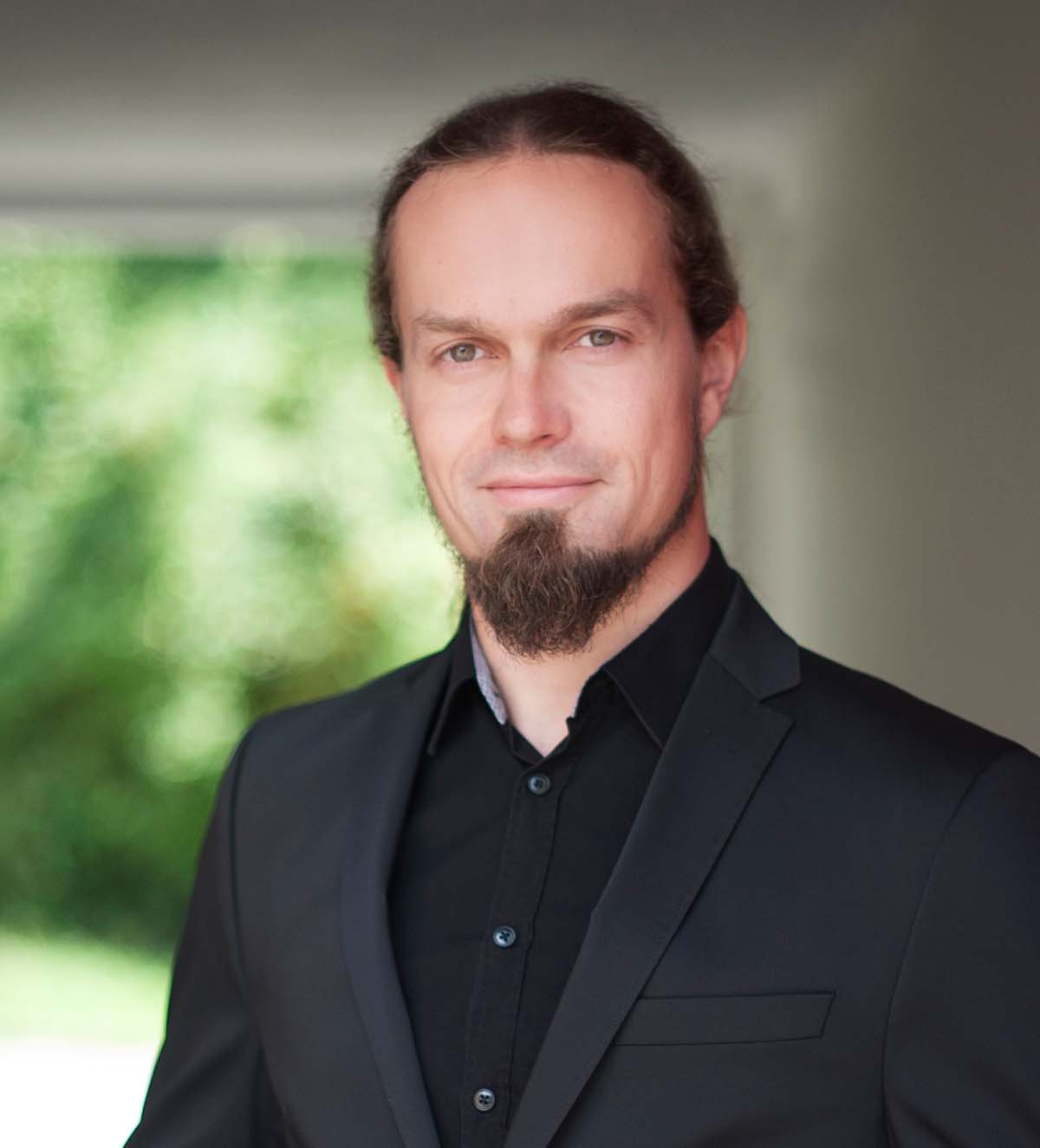Mathematical Models
Burner setting, flap position, fan speed: one of the PROBAT research engineers' current projects focuses on the perfect combination of the roasting machine's control variables relevant to the roasting process to reduce energy consumption and optimize the process. Some time ago, we reported on the work of Sebastian Tück's team, which uses mathematical models to create virtual images of real counterparts - so-called digital twins. To be more precise, these are mathematical models that represent physical roasting processes.
But what exactly happens when I feed these simulation models into a system such as model predictive control and what influence does this have on the roasting result and process optimization? We talked about this with Sebastian Tück and Dr.-Ing. Dennis Pierl from the Institute for Automation Technology at the University of Bremen - the scientific partner in the current PROBAT research project.
HOW MATHEMATICAL MODELS ARE SHAPING THE FUTURE OF ROASTING
First, a question of understanding: What is the difference between a digital twin and a model predictive control and how are they related?
Sebastian Tück: “In our context, a digital twin is the mathematical description of a roasting machine that calculates the respective outputs, i.e., the measured variables, for the given inputs, i.e., the manipulated variables, and reproduces them as accurately as possible, just as the machine would do in the real process.”
Dennis Pierl: “If such a digital twin is transferred to a so-called model predictive control system, it uses the mathematical description of the real system to calculate into the future on the basis of this model: it knows exactly what result it will obtain as a result of a certain action and can therefore decide which action is best at a given time in order to achieve a certain target value.”
What are the relevant input variables for the mathematical model to describe the roasting process?
Dennis Pierl: “We work with two digital twins for the roasting process. One is the roaster itself. The main input variables for the mathematical model here are, for example, the filling volume of the machine, the burner output, the flap position, and the fan speed. Using the measured data from the real process, we then reconstruct the digital twin, i.e. we mathematically model the process one-to-one and can say very precisely what is happening in the machine at any time during the roasting process and how the control variables predicted by the digital twin affect the heat input into the bean.”
Sebastian Tück: “To do this, we calculated a second digital twin for the coffee beans from another input variable, the surface temperature of the bean, and integrated it into the mathematical model of the roasting machine.”What exactly happens when I feed these mathematical models into the model predictive control?
Dennis Pierl: “If you feed this mathematical reconstruction of the roasting process into the model predictive control, it can predict its future course based on its knowledge of the interdependencies in the process (it will achieve result B if it performs action A) and optimize it by calculating the control variables to a specific target value. In terms of energy saving, for example, this means that the control system knows exactly what the control variables of the roasting machine must be to achieve the same energy input into the bean with the lowest possible energy input.
Sebastian Tück: “The big advantage here is that we do not use the product temperature as a basis, but the heat input into the bean based on the surface temperature, which is continuously measured by infrared sensors during the roasting process. This means that we can easily transfer a roasting profile to another machine that is also equipped with model predictive control, as it calculates exactly what the machine needs to do to achieve the same heat input at every point in the roasting process. Roasting system-specific influences are eliminated. You can do this for any optimization objective: if I want to save money and I know the energy prices for gas or electricity, I include them in the mathematical model. Another goal might be to reduce downtime by minimizing maintenance. Again, model predictive control based on the digital twin can accurately predict the optimum control variables, always if the relevantmeasurement data (input and output variables) are available and can be transferred to a mathematical model.”
So, are we talking about the future of roasting?
Sebastian Tück: “In principle, yes, because today we only know what happens at one point in the roasting process. As soon as the actual value is outside the desired target roasting curve, the control system adjusts the input variables of temperature and air flow to return to the target curve as quickly as possible, which is not always optimal in terms of energy consumption. However, the great advantage of model predictive control is that it can 'see into the future'. It always knows exactly which combination of control variables is optimal to achieve the desired heat input into the bean while minimizing energy consumption. And the overall optimization potential is huge, as more and more machine and process data will be available in the future that can be represented in matheinfluences are eliminated. You can do this for any optimization objective: if I want to save money and I know the energy prices for gas or electricity, I include them in the mathematical model. Another goal might be to reduce downtime by minimizing maintenance. Again, model predictive control based on the digital twin can accurately predict the optimum control variables, always if the relevant measurement data (input and output variables) are available and can be transferred to a mathematical model.“





